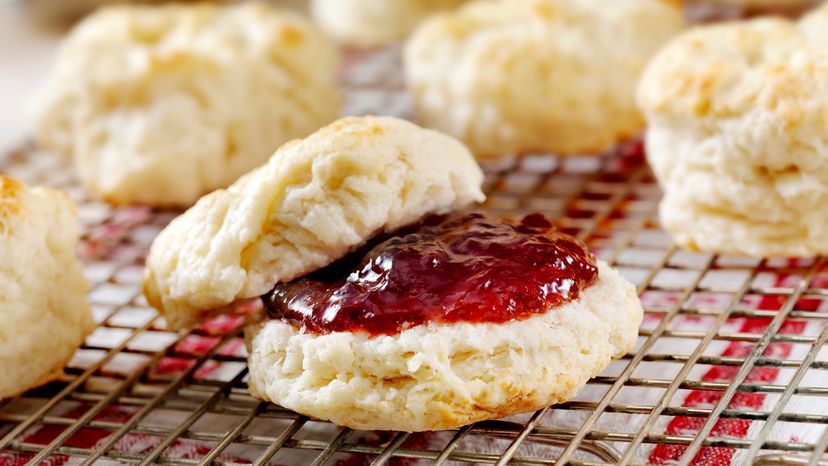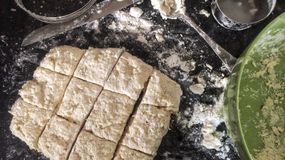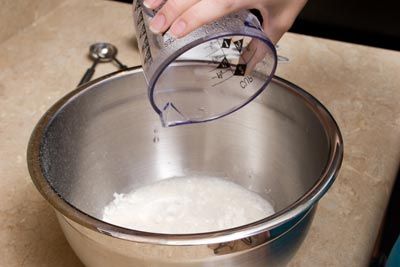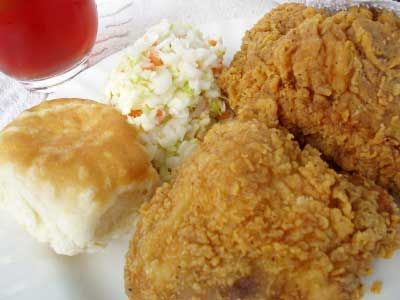
Admit it: When you think of light, fluffy biscuits, you probably think of Southern food. And we get it. Biscuits just pair naturally with traditional Southern fare like fried chicken, biscuits and gravy, and homemade jam.
But biscuits like those we eat today in the U.S. are fairly modern culinary creations. Throughout much of history, biscuits weren't at the center of dreamy breakfasts or chicken dinners — they were hard, thin, durable, dry and meant for survival.
Advertisement
The word biscuit comes from the Latin word "panis biscoctus," which means "twice baked" — and so it's no coincidence that a biscuit is similar to biscotti, the cookies that actually are twice baked. Soldiers in ancient Rome received "hard biscuits" — they had no leavening agent or fat so they lasted a long time — in their rations. In fact, hard biscuits of some type were the meals ready to eat (MREs) of military personnel for centuries, and have been known by the names "hardtack," "ship's biscuit," "sea biscuit" and "pilot bread."
Fast forward to the antebellum South. Biscuits were still tough and flat, and typically were only eaten only in wealthy homes. Most people living in the South at the time ate cornbread instead. That's because most mills in the South were great at grinding corn but not at processing wheat. So only the rich could afford flour, which often had to be shipped in from northern states.
Beaten biscuits, which could be considered the precursor to the modern Southern biscuit, were only a little better than hardtack. They included fat like butter or lard, but still no leavening agent, so beaten biscuits remained flat and only slightly lighter because the dough required 15 minutes of kneading or beating.
It wasn't until several 19th-century innovations came along that we got what's now recognized as a Southern biscuit. First, better flour mills — most of them in the Midwestern U.S. — and increased wheat production dropped the price of flour enough that poor Southerners could also afford to buy flour. And, the development of chemical leavening agents, such as pearl ash (potassium carbonate), potassium bicarbonate, and sodium bicarbonate — what we now call baking soda — helped biscuits reach new heights, without yeast or beaten eggs.
Advertisement



